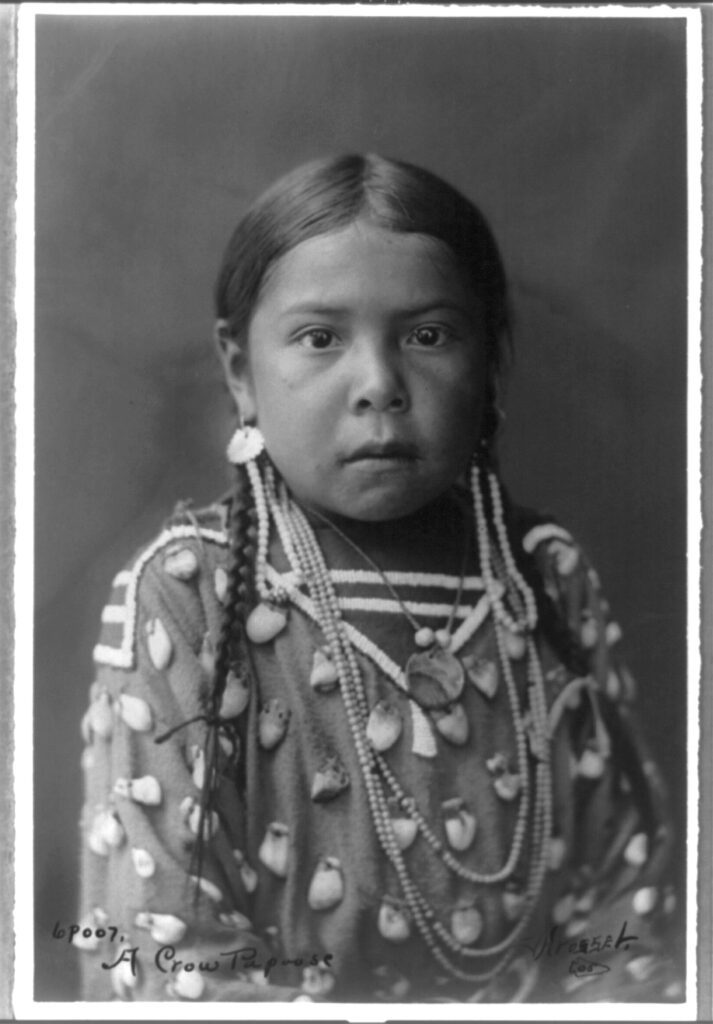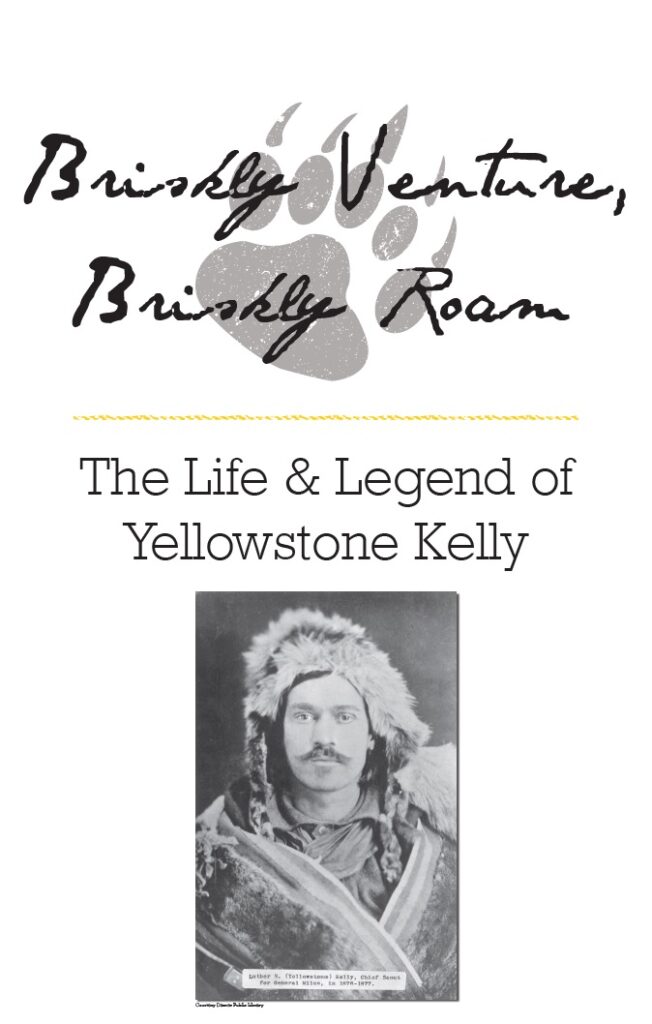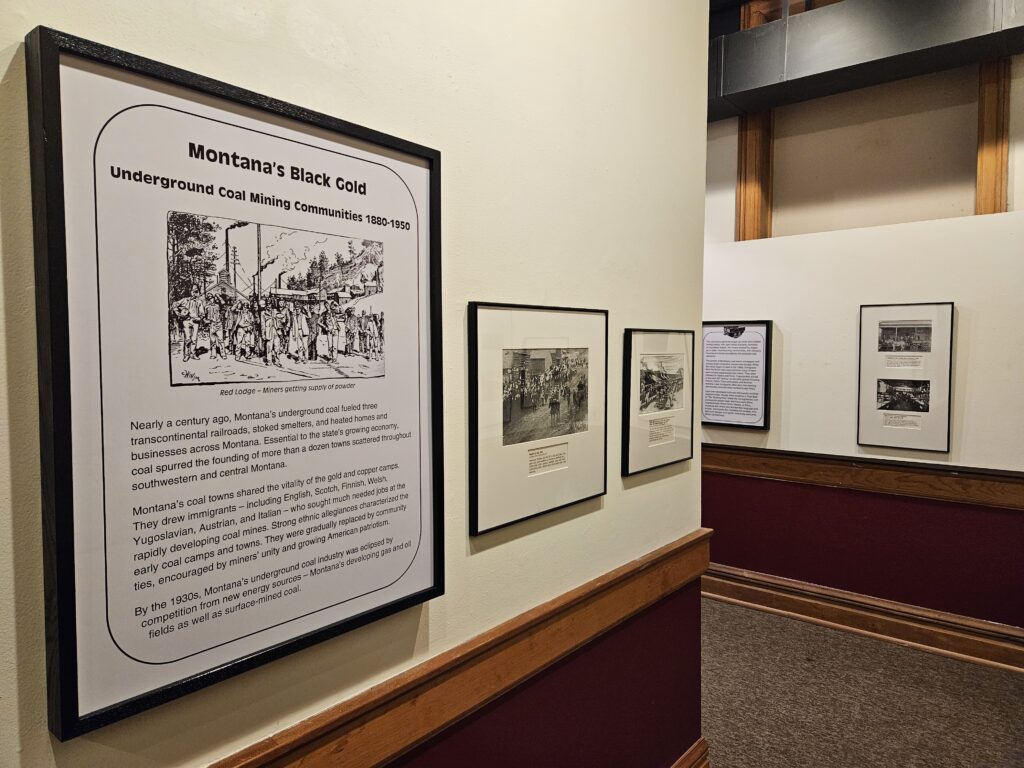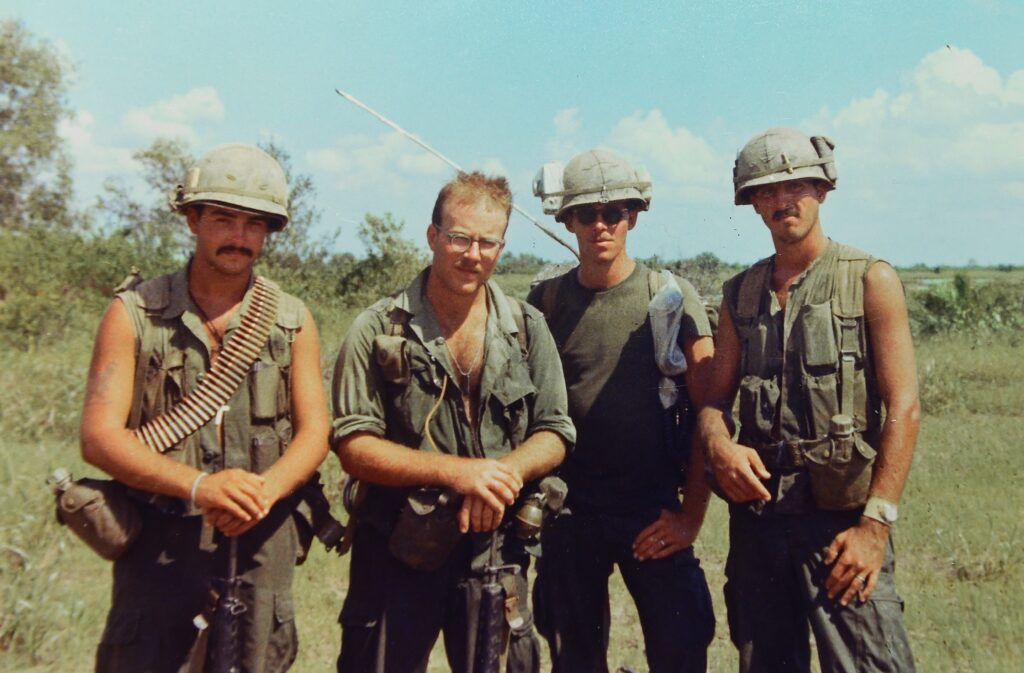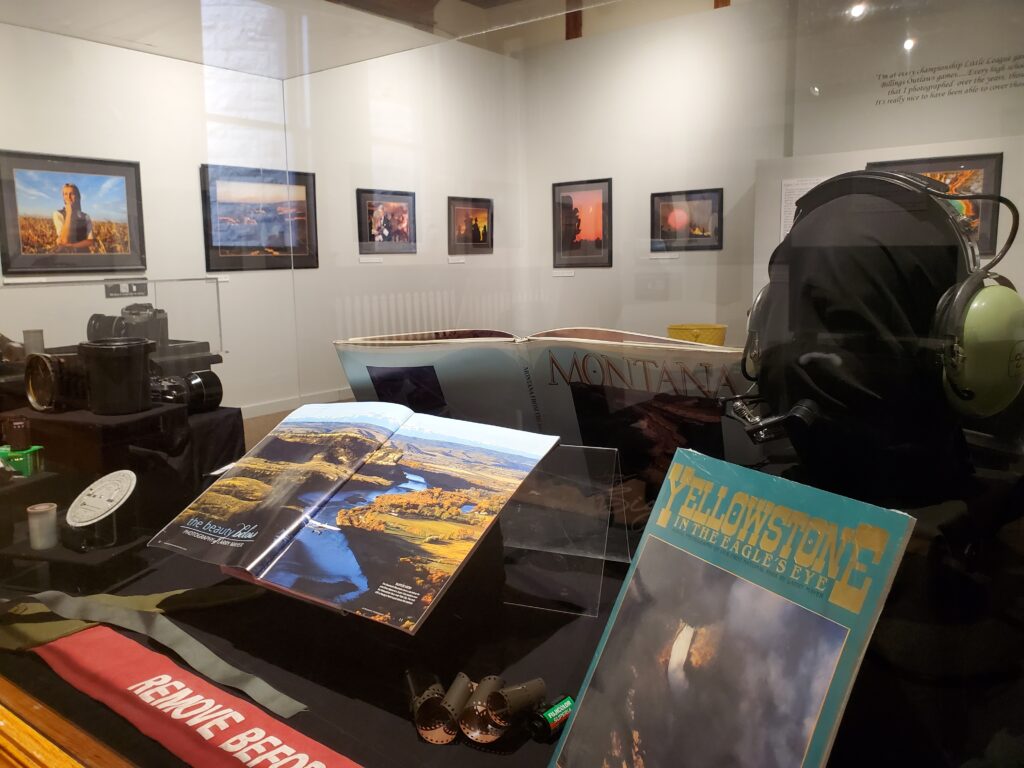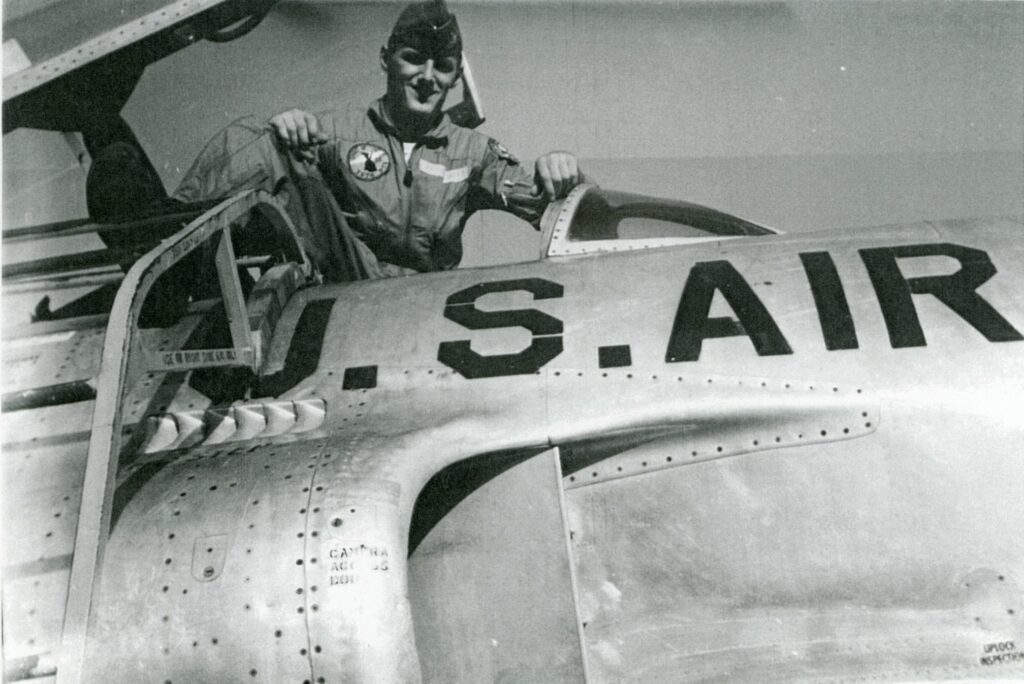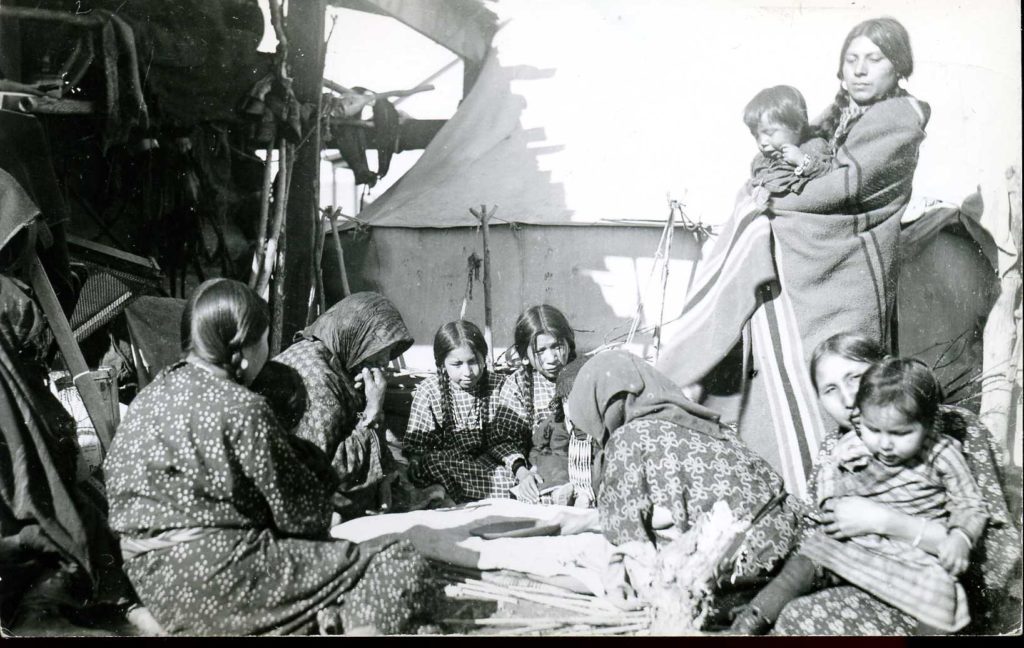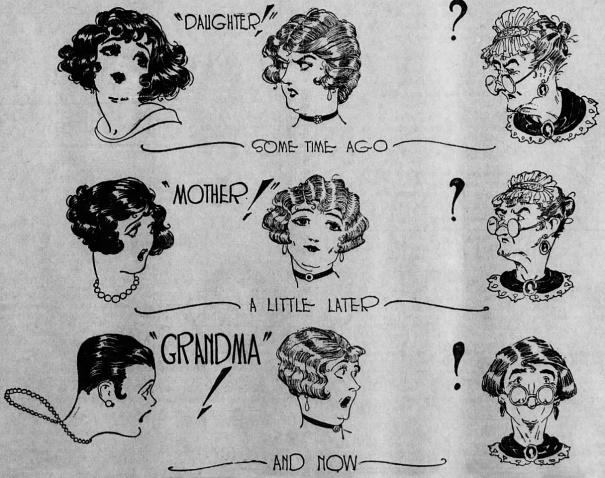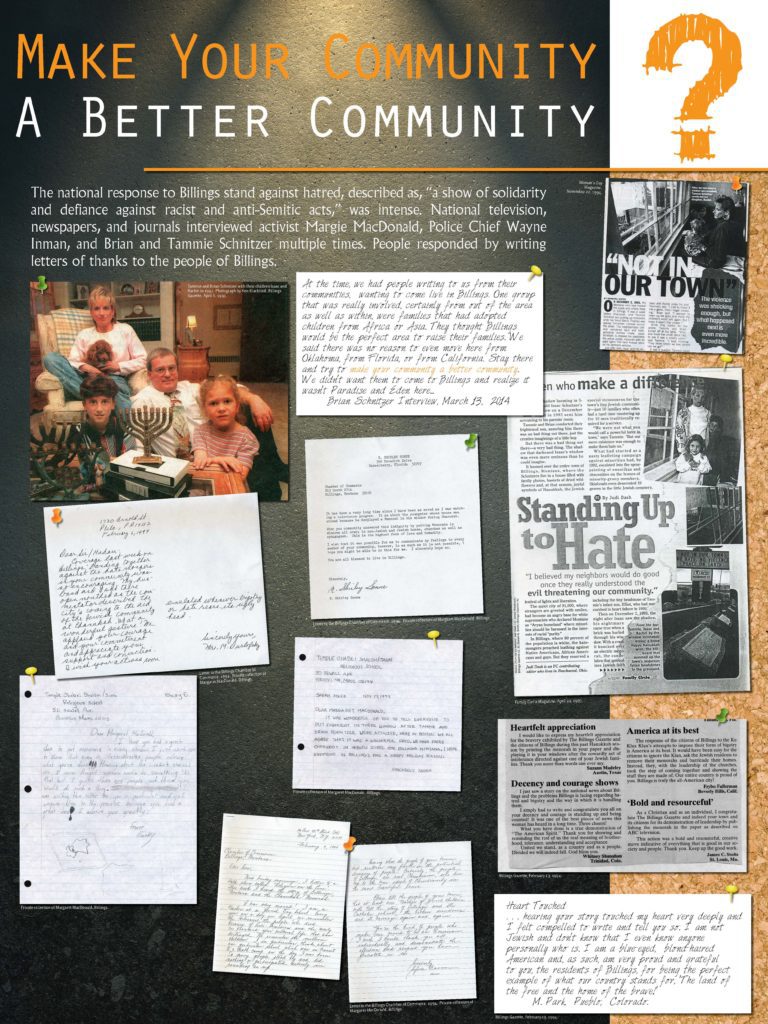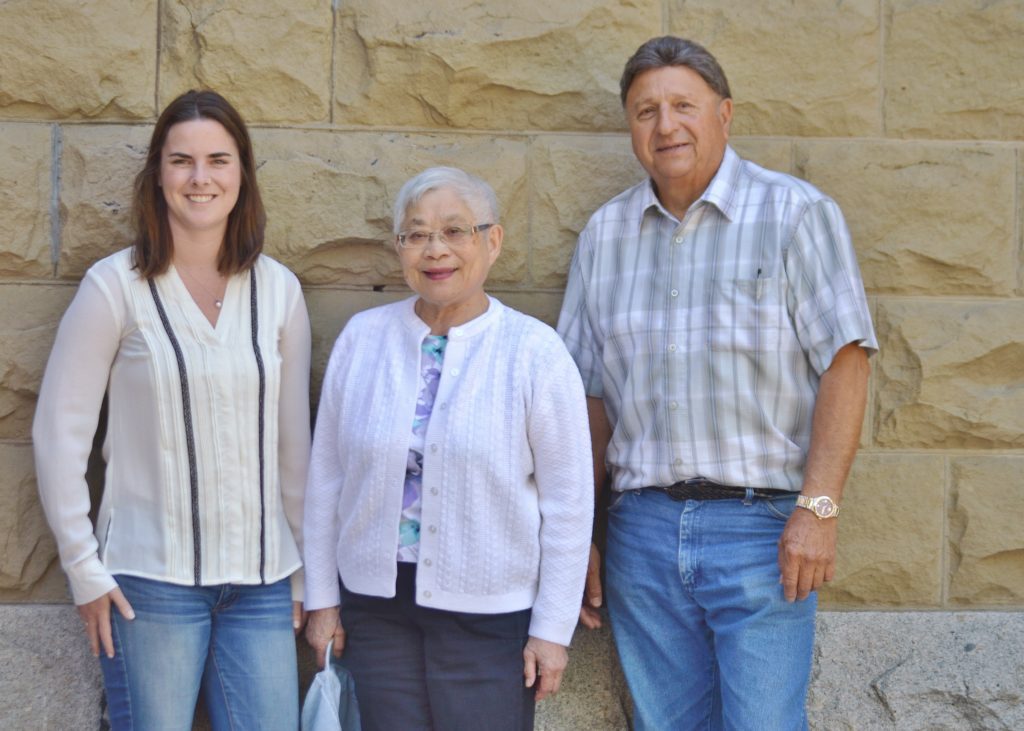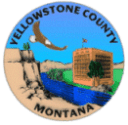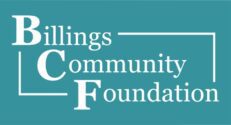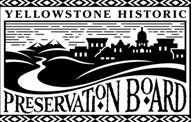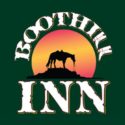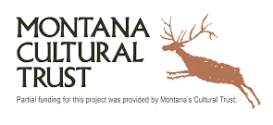A Métis Washington native, Richard Throssel 1st moved to the Crow Reservation as a clerk for the Indian Service. While there, he was inspired by the vibrant and unique culture of the Apsaalooke people. For a brief time, he studied under Joseph Henry Sharp during Sharp’s time on the Reservation, and then was later involved with the 1905 & 1909 Edward Curtis expeditions for The North American Indian. These experiences impressed upon him the beauty of color, shape, and story in sharing native lives while stirring the possibilities of photography as cultural documentation. He later opened his own photography studio in Billings.
For nearly 2 decades, Throssel’s photographs captured the strength and spirit of native people in Southeastern Montana. His relationship with the Apsaalooke inspired a level of trust and agency to tell their stories through the photographic lens. His experiences motivated him through 2 terms as a Montana State Legislator, and his position as an accepted insider helped create one of the most authentic and organic collections of early 20th century photographs of the Native people of Southeastern Montana.
View his amazing work in this original exhibition.
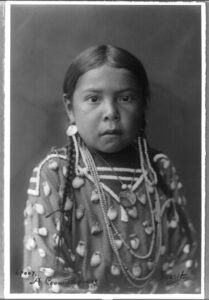
Photo by Richard Throssel
Courtesy the Library of Congress
Special Thanks to the American Heritage Center, University of Wyoming and the Montana Arts Council C&A Grant Program
“We are funded in part by coal severance taxes paid based upon coal mined in Montana and deposited in Montana’s cultural and aesthetic projects trust fund.”
